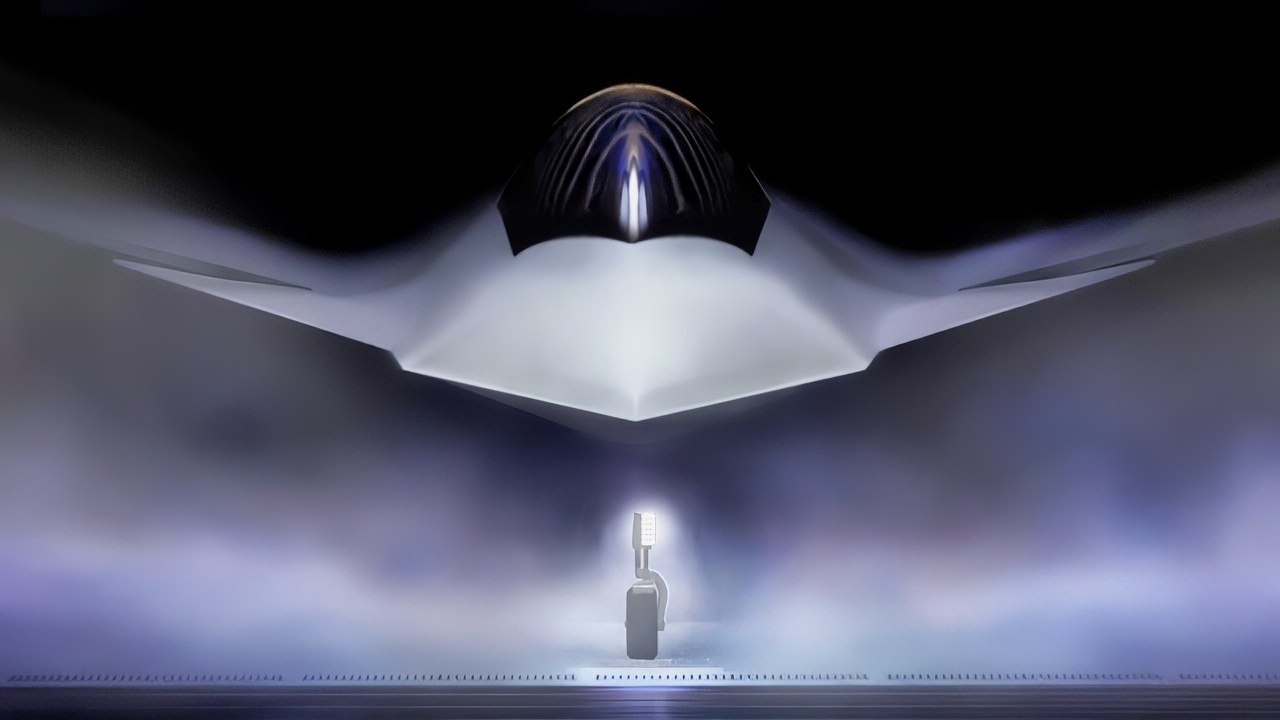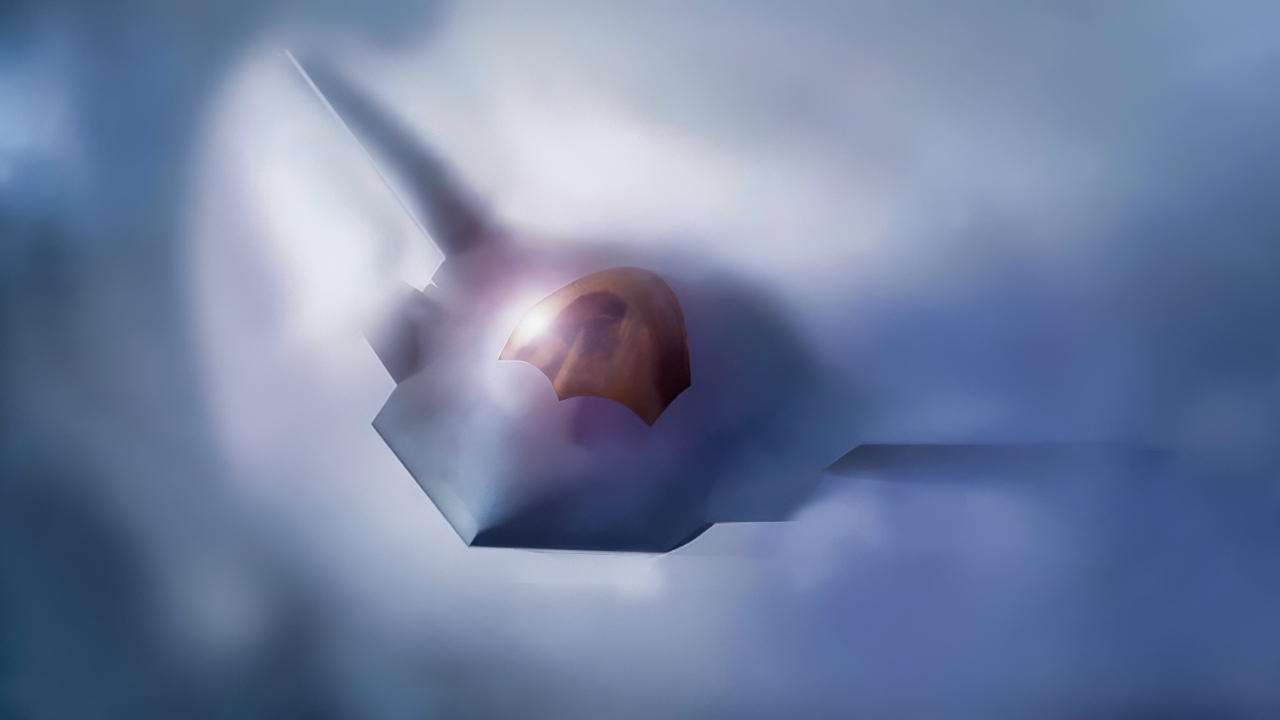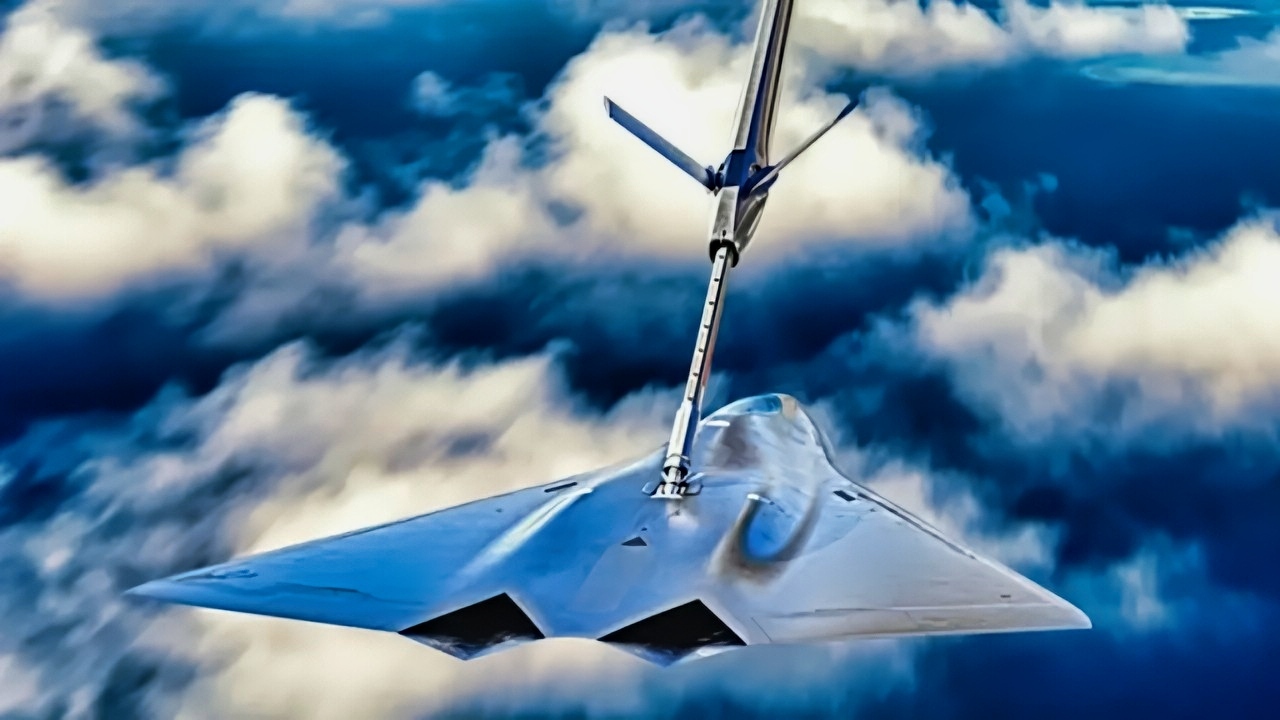Is the F-47 the Last Manned Fighter Jet America Will Ever Build?
Key Points and Summary
-The U.S. Air Force’s new sixth-generation F-47 fighter may be the last manned fighter jet ever built.
-The program represents a transitional phase in air combat, where the manned aircraft serves as a command node for a swarm of AI-powered “loyal wingman” drones.
-While human judgment remains critical for now, the rapid advancement of artificial intelligence, coupled with the lower cost and reduced risk of unmanned platforms, is pushing the military toward a future of full autonomy.
-The F-47 is a vital leap forward, but its successor will likely not have a cockpit at all.
The F-47: The Last of the Manned Fighters?
In 2014, during the Global War on Terror, the Air Force showed off its MQ-1 and MQ-9 drones, which were taking part in combat missions in Iraq and Afghanistan, among other places. This sparked a broad debate over the role of manned aircraft in the future of aviation.
This led to the cynical question: has the last fighter pilot already been born?
Today, with the development of the F-47 and the AI revolution, the question is more relevant than ever.

Shown is a graphical artist rendering of the Next Generation Air Dominance (NGAD) Platform. The rendering highlights the Air Force’s sixth generation fighter, the F-47. The NGAD Platform will bring lethal, next-generation technologies to ensure air superiority for the Joint Force in any conflict. (U.S. Air Force graphic)

Shown is a graphical artist rendering of the Next Generation Air Dominance (NGAD) Platform. The rendering highlights the Air Force’s sixth generation fighter, the F-47. The NGAD Platform will bring lethal, next-generation technologies to ensure air superiority for the Joint Force in any conflict. (U.S. Air Force graphic)
The F-47 has been confirmed to be a manned aircraft, but will its replacement be the same, or are drones going to replace manned aircraft for good?
The Big Question
The F-47 is built to operate in highly contested environments, with top speeds reportedly exceeding Mach 2 and a combat radius of over 1,000 nautical miles.
It features cutting-edge stealth technology, sensor fusion, and the ability to coordinate with AI-powered drone swarms. These drones, known as Collaborative Combat Aircraft (CCAs), will fly alongside the F-47, performing roles such as electronic warfare, reconnaissance, and weapons delivery.
This “family of systems” approach reflects a shift in strategy, where the manned fighter serves as a command node in a networked combat environment.
The aircraft’s development was awarded to Boeing in a historic contract that surpassed $20 billion, beating out Lockheed Martin. President Trump and Air Force Chief of Staff Gen. David Allvin hailed the F-47 as the most lethal and adaptable aircraft ever built, emphasizing its role in maintaining U.S. air superiority for decades to come.
Yet, despite its groundbreaking design, many defense analysts believe the F-47 may be the final chapter in the history of manned fighter jets.
Moving Away from Huma Pilots
This development is nothing new.
The Air Force has been moving in favor of unmanned systems for years now.

NGAD. Image Credit. Lockheed Martin.
There are three reasons why people believe that the F-47 might be the last manned fighter jet.
First, the rapid advancement of artificial intelligence and autonomous systems is making unmanned aircraft increasingly capable of performing complex missions.
Second, the cost and risk associated with manned platforms, especially the need to protect human pilots, are pushing militaries toward unmanned alternatives.
Third, the NGAD program itself is structured around a manned core supported by a large fleet of autonomous drones, suggesting a transitional phase toward full autonomy.
While the F-47 is expected to enter service by 2029, its successors may not include a cockpit at all.
The Air Force is already exploring uninhabited sixth-generation platforms, and the debate over manned versus unmanned systems is intensifying.
Ever since the GWOT, the Air Force has been utilizing unmanned drones to conduct combat operations.

F-47 Fighter from U.S. Air Force. Image Credit USAF.
The question is no longer whether unmanned fighters will play a role in future conflicts, but when they will be fielded in large numbers.
Why the Air Force Wants Unmanned Combat Aerial Vehicles (UCAV)
On paper, UCAVs offer a wide range of advantages that make them increasingly attractive to military planners.
One of the most significant benefits is the elimination of risk to human life.
In high-risk missions, unmanned systems can operate without endangering pilots. This not only reduces casualties but also allows for more aggressive tactics.
This also allows them to perform G-force extreme maneuvers that would be deadly to a human, making them more suitable for close-range dogfights.
Unmanned aircraft also offer greater maneuverability and endurance.
Without the physical limitations of a human pilot, such as G-force tolerance, these aircraft can be designed for extreme agility and can stay airborne for extended periods.
This makes them ideal for long-duration missions, surveillance, and persistent strike capabilities.
Better Performance with Less Cost
Cost is another major factor. UCAVs are generally cheaper to build and operate than manned fighters.
They require less infrastructure, can be smaller, and don’t need life-support systems or cockpit instrumentation.
This makes them more scalable and easier to maintain, especially in large numbers. Unmanned systems can be deployed in large numbers, enabling tactics that overwhelm enemy defenses. These drones can be networked to share sensor data and coordinate attacks autonomously, creating a force multiplier effect that is difficult to counter.

F-47 Lockheed Photo. Image Credit: Lockheed Handout.
The F-35, although it has a lot of benefits, was one of the costliest procurements in Air Force history, with the total programming cost at around 382 billion USD.
Additionally, the program faced significant criticism for exceeding its budget and experiencing delays. To defense planners, UCAVs offer a cost-effective alternative while also offering a better performance.
Human Pilots Will Stay Around for Just a Bit Longer
As attractive as UCAVs are, there is still a way to go before human pilots can be entirely replaced.
Human judgment remains critical in complex, high-intensity combat scenarios. AI is not yet capable of replicating the nuanced decision-making of a trained pilot under pressure.
Communication latency and jamming in contested environments can disrupt remote control or data links, potentially compromising mission success (as seen in Russia’s experience with the S-70 Okhotnik).
Situational awareness is still superior in manned aircraft, where pilots can react instantly to visual and sensory cues.
While drones may one day replace human pilots, humans will always play an integral part of any future air campaign.
The future of air combat is likely to be hybrid, a model of human–machine teaming. In this paradigm, manned fighters like the F-47 act as command nodes, directing fleets of autonomous drones.
Drones perform high-risk or repetitive tasks, freeing pilots to focus on strategic decision-making. AI systems assist with target recognition, threat assessment, and mission planning, but humans retain control over lethal decisions.
About the Author: Isaac Seitz
Isaac Seitz, a Defense Columnist, graduated from Patrick Henry College’s Strategic Intelligence and National Security program. He has also studied Russian at Middlebury Language Schools and has worked as an intelligence Analyst in the private sector.
More Military
Australia Needs the B-2 Stealth Bomber
Europe Now Hates the F-35 Fighter










